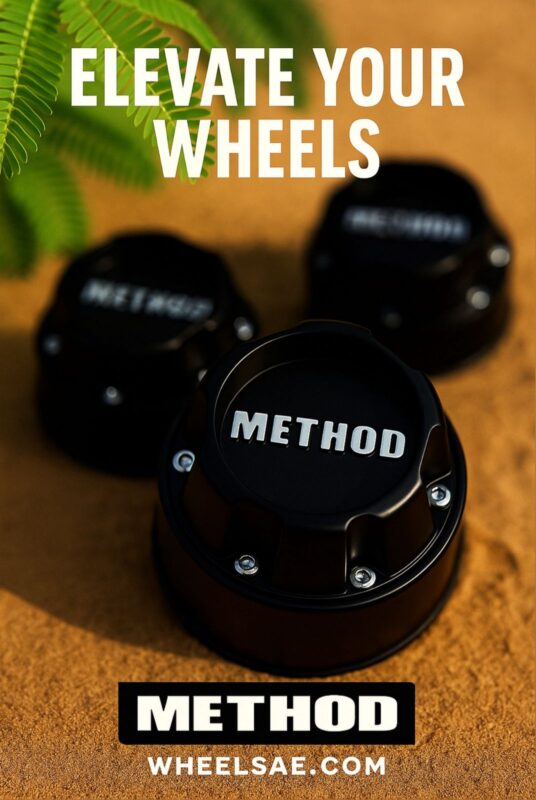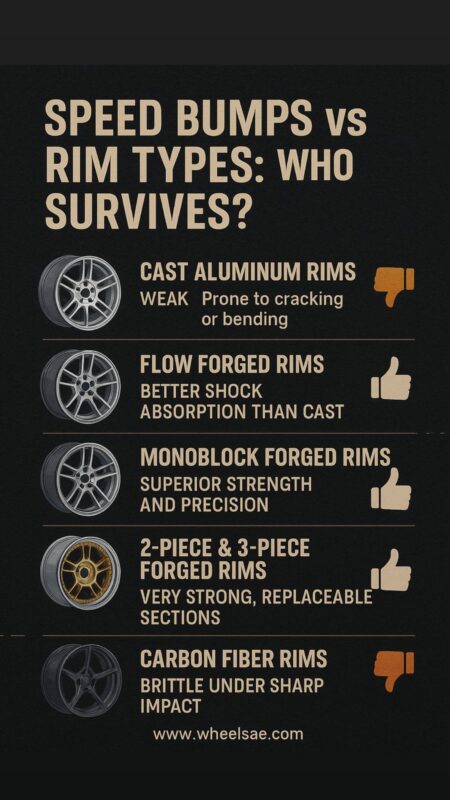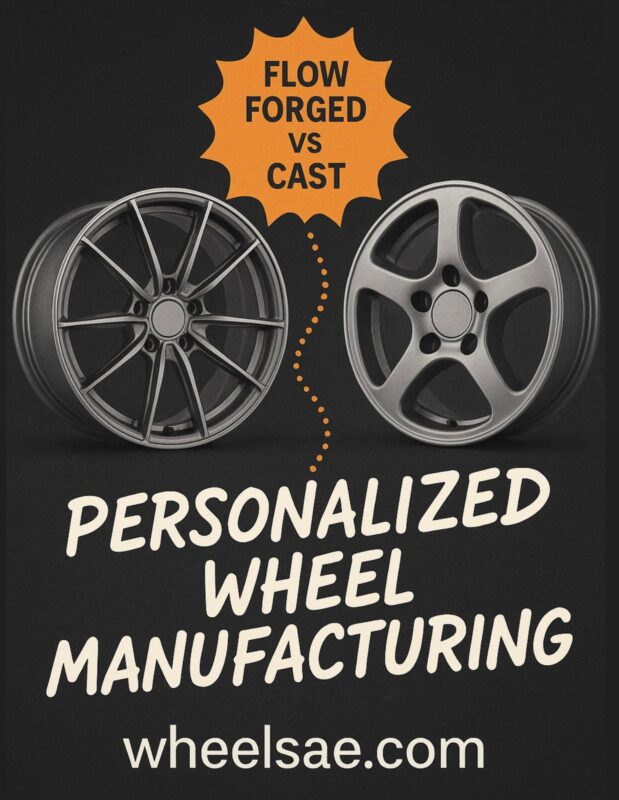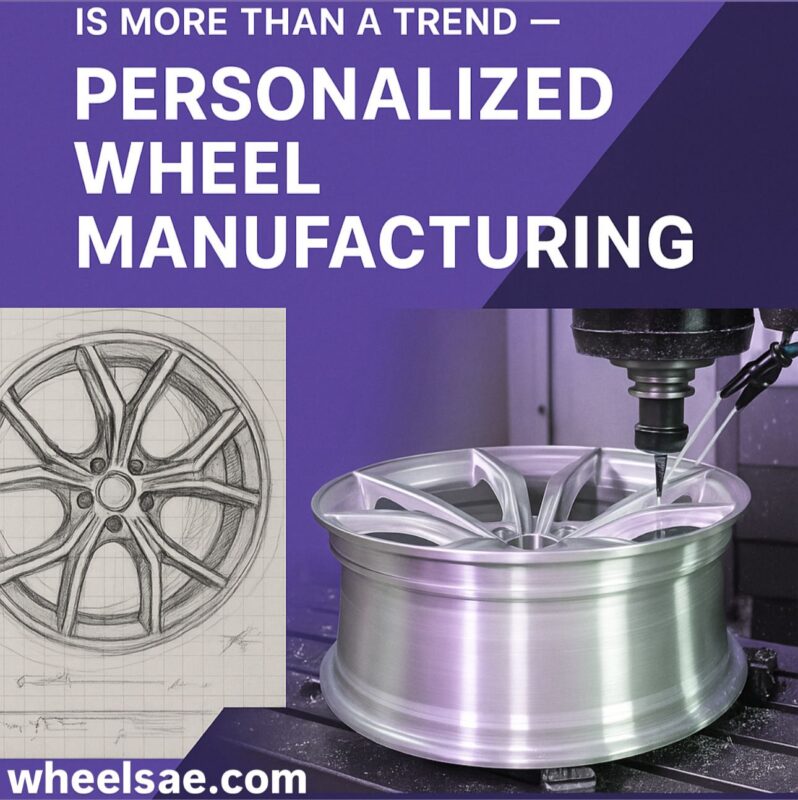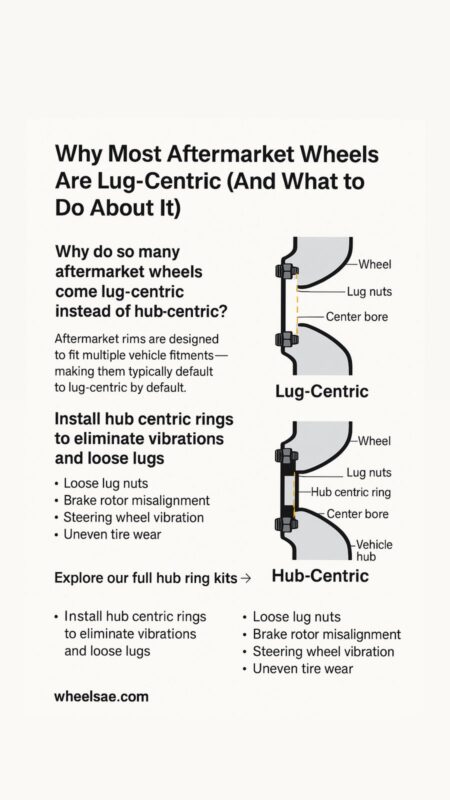Why Changing Wheel Size Affects Performance and Fuel Economy – And What Most Drivers Get Wrong
If you’ve ever considered changing your car’s wheels — whether for aesthetics, off-road capability, or performance — you might be surprised to learn that this simple modification can significantly impact how your vehicle drives, how much fuel it consumes, and even how long your tires last. In this guide, we break down everything you need to know about why changing wheel size affects performance and fuel economy so you can make the best decision for your car and your driving needs.
Why Changing Wheel Size Affects Performance and Fuel Economy
⸻
1. Introduction to Wheel Sizing
Before diving into the technical side, let’s clear up some basics. Wheel size typically refers to the diameter of the wheel, measured in inches. For example, a “17-inch wheel” means the diameter of the rim is 17 inches. Most vehicles allow for some variance in wheel size, but how much is safe?
Changing wheel size usually involves:
• Upsizing – moving from smaller to larger diameter wheels
• Downsizing – moving to smaller wheels than the factory standard
Both options have pros and cons, depending on what you’re aiming for — be it style, off-road capability, fuel efficiency, or daily comfort.
Why Changing Wheel Size Affects Performance and Fuel Economy
⸻
2. Understanding Wheel Diameter vs. Tire Profile
When people talk about changing wheel size, they’re often referring to wheel diameter, but tire size is just as important.
For example:
• Factory setup: 17-inch wheels with 225/65 R17 tires
• Upgrade setup: 20-inch wheels with 245/45 R20 tires
As the wheel size increases, the tire sidewall (profile) generally becomes shorter to maintain the overall diameter, which helps keep the speedometer accurate.
But here’s the catch: shorter sidewalls mean less cushioning, which changes the feel of your ride, affects suspension stress, and alters acceleration or braking response.
Why Changing Wheel Size Affects Performance and Fuel Economy
⸻
3. How Bigger Wheels Affect Car Performance
One of the main reasons people upsize their wheels is for performance — or at least the look of it. But how does that affect the actual driving experience?
Pros:
• Better cornering stability: Shorter sidewalls reduce tire flex during turns.
• Improved grip (in some cases): Wider wheels allow for wider tires, which may improve road contact.
Cons:
• Slower acceleration: Larger wheels are heavier, adding “rotational mass” that makes the engine work harder.
• Longer braking distance: Heavier wheels take longer to stop, especially if brakes are stock.
• Reduced fuel efficiency: Heavier wheels demand more energy to rotate.
For example, switching from 17” to 20” on a mid-size sedan might make the car feel stiffer and slightly slower, even though it looks sportier.
⸻
4. How Smaller Wheels Affect Handling
Downsizing wheels might seem like a downgrade, but for some vehicles — especially for winter or off-road use — it can have real benefits.
Pros:
• Lighter overall weight: Less rotating mass can improve acceleration and fuel economy.
• More sidewall flexibility: Better absorption of road bumps and potholes.
• Lower tire replacement cost: Smaller tires are generally cheaper.
Cons:
• Reduced cornering ability: Taller sidewalls flex more, reducing precision.
• Less sporty appearance: Aesthetically, smaller wheels may look less aggressive.
⸻
5. Impact on Fuel Economy
One of the most significant concerns for everyday drivers is fuel efficiency. Here’s how wheel size plays a role:
• Heavier wheels = higher fuel consumption
Larger wheels usually weigh more, and the engine needs to work harder to move them — especially during acceleration.
• Wider tires = more rolling resistance
Wider tires mean more contact with the road, which increases rolling resistance and leads to higher fuel use.
• Aerodynamics matters too
Low-profile tires and larger wheels can affect the airflow around the vehicle, especially at high speeds.
Example:
A car that gets 12 km/l with 17-inch wheels might drop to 10.5 or even 10 km/l with heavy 20-inch wheels — a noticeable difference over time.
⸻
6. Comfort and Ride Quality
Comfort is often compromised when upsizing wheels. Here’s why:
• Shorter sidewalls = less cushioning
Tires with shorter sidewalls transmit more road imperfections into the cabin.
• Stiffer ride
With less rubber to absorb shock, the car feels bumpier — especially on uneven roads.
If you live in an area with rough roads, keeping factory size or downsizing slightly might offer a more pleasant ride.
⸻
7. Brake System Considerations
Bigger wheels often require larger brakes to maintain optimal stopping performance. Stock brake systems are designed with the original wheel size in mind, so adding heavier wheels may:
• Increase braking distance
• Overheat brake components faster
• Cause premature wear of brake pads and rotors
Some car enthusiasts upgrade both wheels and brakes together — but if you don’t, performance could suffer.
⸻
8. Speedometer and Odometer Accuracy
If the overall diameter of your new wheel and tire combo is significantly different from the original, your speedometer and odometer will show inaccurate readings.
For example:
• A larger overall diameter causes the speedometer to under-report your speed.
• A smaller one causes it to over-report.
This can lead to speeding fines or incorrect mileage calculations, which also affects fuel usage tracking.
Tip: Always use a tire size calculator when changing wheels to maintain overall rolling diameter.
⸻
9. Effects on Tire Wear and Suspension
Wheel size can influence:
• Tire wear patterns
• Suspension stress
• Steering response
With larger wheels:
• Outer edges of the tire may wear faster due to stiffer sidewalls and aggressive camber.
• Shock absorbers and bushings may wear out faster from increased road impact.
With smaller wheels:
• Softer ride may reduce stress on suspension parts.
• But if tires are too soft or balloon-like, they may roll excessively, affecting steering control.
⸻
10. Best Practices for Upsizing or Downsizing Wheels
If you’re planning to change your wheel size, follow these rules:
1. Keep overall diameter within ±3% of OEM size
2. Use proper offset to avoid clearance issues
3. Match tire load rating and speed rating
4. Recalibrate speedometer if necessary
5. Avoid extremely low-profile tires for daily driving
⸻
11. Real-World Case Study: From 17” to 20” on a Sedan
Let’s take a 2021 Toyota Camry as an example:
• Factory size: 17-inch wheels, 215/55R17 tires
• Upgraded: 20-inch wheels, 245/35R20 tires
Results:
• Looks: Improved and more aggressive
• Ride: Noticeably stiffer
• Fuel Efficiency: Dropped by 10–12%
• Acceleration: Slightly slower
• Handling: Tighter cornering, more control
• Tire Price: ~40% more expensive
⸻
12. FAQs
Q: Does changing wheel size void my warranty?
A: If the size is within manufacturer recommendations, usually not — but extreme changes may cause warranty issues.
Q: Can I use larger wheels with winter tires?
A: It’s better to use smaller wheels in winter for better grip and flexibility.
Q: Are larger wheels always better for performance?
A: Not necessarily. There’s a trade-off between grip and weight. In some cases, larger wheels hurt acceleration and braking.
Q: Is it worth recalibrating the ECU or ABS after wheel size change?
A: Yes, especially if there’s more than 3% change in diameter.
⸻
13. Conclusion
Changing your wheel size can make your car look better and perform differently — but it comes with trade-offs. Larger wheels may offer better handling and style but often sacrifice fuel economy and comfort. Smaller wheels may provide better efficiency and a smoother ride but lack aggressive looks or cornering grip.
If you’re considering a change, always measure carefully, consult with a specialist, and balance your needs for style, performance, comfort, and cost.
⸻
Explore our premium 20-inch wheels for Range Rover and Jeep
Check our latest designs on Instagram @wheels_tire.ae
⸻
Many drivers underestimate Why Changing Wheel Size Affects Performance and Fuel Economy . While a new set of rims might look great, few realize how much it can impact acceleration, braking, comfort, and efficiency. Understanding why changing wheel size affects performance is essential before making any upgrade. From increased rolling resistance to changes in suspension behavior, the reasons Why Changing Wheel Size Affects Performance and Fuel Economy go far beyond just looks. In this guide, we’ll explain exactly why changing wheel size affects performance — and how to choose the right fit for your car without sacrificing comfort or economy.



